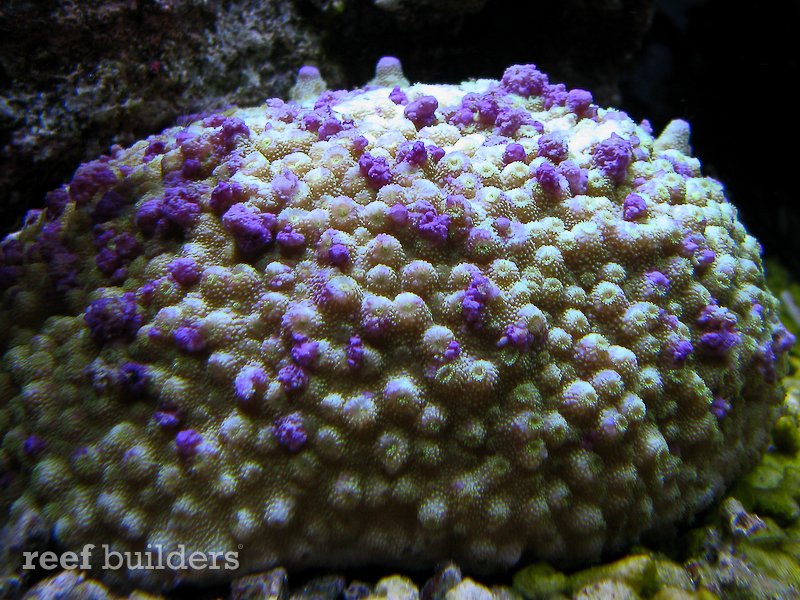Coral antioxidants and fluorescent proteins are about to crossroad after the publication of the paper by Palmer et. al on Coral Fluorescent Proteins as Antioxidants. According to Palmer, Modi and Mydlar, most corals have been known to produce a wide range of fluorescent proteins but the purpose for these proteins was relatively undocumented. The research team examined how some corals seem to produce more fluorescence when they are stressed or injured, and they used Hydrogen Peroxide scavenging rates as a proxy measurement for the antioxidant potential of these upregulated proteins. The paper noted that chromoprotein, cyan fluorescent protein (CFP) and red fluorescent protein (RFP) behaved as powerful antioxidants that  protected corals from free oxygen radicals, promoting healing in the compromised tissues of corals. It is unclear how this study might relate to GFP infection in stony corals but if the intense fluorescent color of ZEOvit and ULNS aquaria is anything to go by, the keepers of these kinds of oligotrophic reef aquarium systems might want to rethink why their corals are so bright, and whether their brilliant corals might be stressed into appearing so bright. The Astreopora coral above has displayed a concentration of chromoprotein in purple spots for over two years now. This coloration occurs precisely where the coral appears to be developing some sort of aberrant growth form all over the colony. Under certain conditions, fragments from this colony can also display the odd purple coloration and whether this is some sort of Chromoprotein “infection” akin the GFP infection is totally speculative, but it’s still totally cool. The Porites image to the right is from a short piece on the topic from NatGeo.
protected corals from free oxygen radicals, promoting healing in the compromised tissues of corals. It is unclear how this study might relate to GFP infection in stony corals but if the intense fluorescent color of ZEOvit and ULNS aquaria is anything to go by, the keepers of these kinds of oligotrophic reef aquarium systems might want to rethink why their corals are so bright, and whether their brilliant corals might be stressed into appearing so bright. The Astreopora coral above has displayed a concentration of chromoprotein in purple spots for over two years now. This coloration occurs precisely where the coral appears to be developing some sort of aberrant growth form all over the colony. Under certain conditions, fragments from this colony can also display the odd purple coloration and whether this is some sort of Chromoprotein “infection” akin the GFP infection is totally speculative, but it’s still totally cool. The Porites image to the right is from a short piece on the topic from NatGeo.
Fluorescent Proteins and chromoprotein protect corals as antioxidants

Jake Adams
Jake Adams has been an avid marine aquarist since the mid 90s and has worked in the retail side of the marine aquarium trade for more than ten years. He has a bachelor’s degree in Marine Science and has been the managing editor of ReefBuilders.com since 2008. Jake is interested in every facet of the marine aquarium hobby from the concepts to the technology, rare fish to exotic corals, and his interests are well documented through a very prolific career of speaking to reef clubs and marine aquarium events, and writing articles for aquarium publications across the globe. His primary interest is in corals which Jake pursues in the aquarium hobby as well as diving the coral reefs of the world.
Share This
Previous Article



